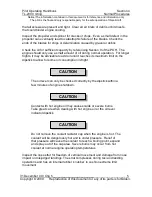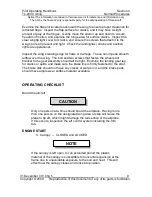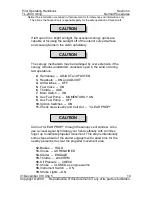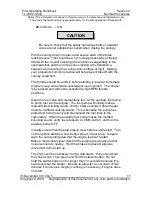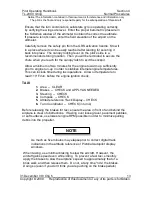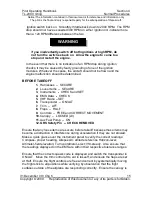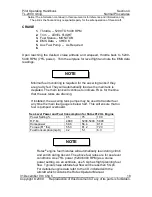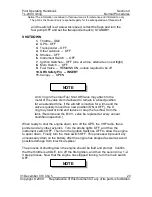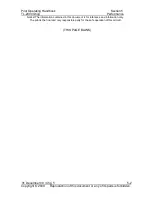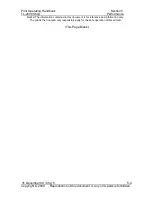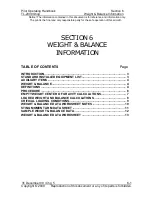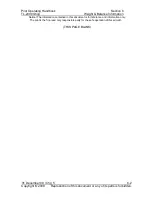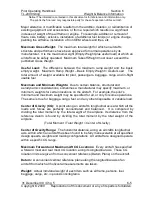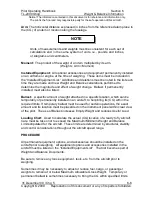
Pilot Operating Handbook
Section 4
TL-2000
Sting
Normal Procedures
Notice! The information contained in this document is for reference and information only.
The pilot is the final and only responsible party for the safe operation of this aircraft.
31 December 09 / Chg 5_____________________________________________19
Copyright © 2009 Reproduction of this document or any of its parts is forbidden.
TURBULENCE IN FLIGHT
If turbulent air is encountered while in flight, slow the aircraft to below 118 KIAS,
V
A
(maneuver speed) in order to ensure that the airplane’s structural integrity is
not compromised. When slowed to below V
A
, high G forces from turbulence or
gusts will cause the airplane to stall before its structure is damaged.
BEFORE LANDING
Entering traffic pattern:
1.
Harnesses -- SECURE
2.
Airspeed -- 75 KIAS
3.
Fuel -- CHECK QUANTITY
4.
Secure Loose Items
5.
Aux Fuel Pump – ON
6.
Strobe Lights -- ON
Prior to entering the traffic pattern, ensure that the seat belts and shoulder
harnesses are secure, and verify the strobes lights are on. Slow the airplane to
75 KIAS by reducing the throttle and
maintaining
altitude. Verify that there is
still ample fuel remaining in the main tank.
LANDING
On downwind leg:
1.
Throttle -- SMOOTHLY REDUCE
2.
Airspeed -- 75 KIAS
3.
Flaps -- HALF
When established on downwind, maintain proper side offset distance from the
runway by visually placing it outboard on the airplane’s wingtip. Reduce the throttle
when the aircraft is abeam the desired touchdown point. Continue to
maintain
pattern altitude until reaching 75 KIAS. Add Half flaps and establish a steady
descent at 65 KIAS. Use pitch to keep the airspeed stable. Observe the decent
angle and make any required changes in pitch to maintain 65 KIAS in the initial base
turn decent.

